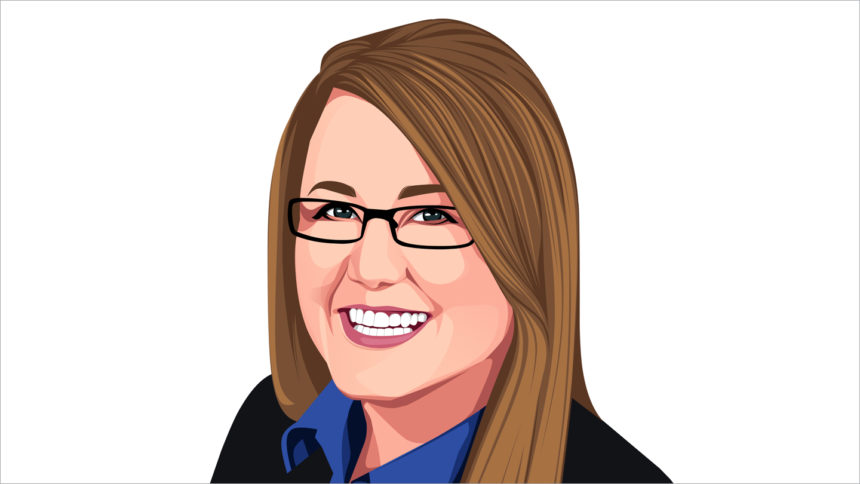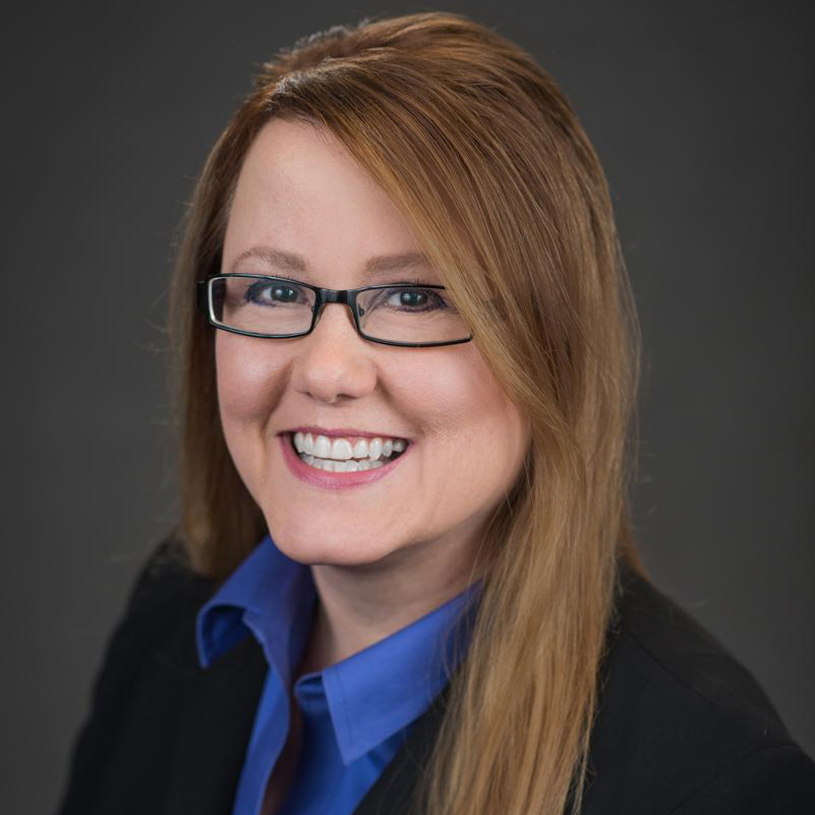

A new federal report provides an interesting look at the overall provision of long-term care in the United States as well as assisted living’s place in the continuum.
“Post-acute and Long-term Care Providers and Services Users in the United States, 2017–2018,” released last month by the Centers for Disease Control and Prevention’s National Center for Health Statistics, uses data from the 2018 National Study of Long-Term Care Providers and other sources, with a shout-out to ADvancing States, the American Seniors Housing Association, Argentum, the Center for Excellence in Assisted Living, LeadingAge, the National Adult Day Services Association and the National Center for Assisted Living for completing surveys on residential care communities and adult day centers.
According to the report, assisted living is the long-term and post-acute care service provider with the most settings in the United States, with 31,400 assisted living and similar residential care communities providing such services. By comparison, 15,600 nursing homes, 11,500 home health agencies, 4,700 hospices, 4,200 adult day centers, 1,200 inpatient rehabilitation facilities and 400 long-term care hospitals provide long-term and post-acute care services.
Home care agencies, however, had approximately 4,940,300 discharges in 2017, and 1,562,500 patients received services from hospices that year. By comparison, in 2018, 1,321,200 people were current residents in nursing homes and 918,700 current residents were living in assisted living communities; also in 2018, 251,100 current participants were enrolled in adult day services center, and in 2017, 380,400 patients received services from inpatient rehabilitation facilities and 115,800 patients received services from long-term care hospitals.
Among the other interesting information in the report, the supply of assisted living beds per 1,000 people aged 65 or more years was higher than the supply of nursing home beds in the West, whereas nursing home beds outnumbered assisted living beds in all other regions.
The relative distribution of nursing and social work full-time equivalent employees varied across sectors; aides were the most common employee FTEs in assisted living communities, nursing homes and adult day centers, whereas RNs were the most common employee FTEs in home health agencies, hospices and inpatient rehabilitation facilities. Licensed practical nurses and licensed vocational nurses were the most common employee FTEs in long-term care hospitals.
Among the three sectors where nursing staff levels (RNs, LPNs or LVNs, and aides) could be examined, the average total nursing staff hours per resident or participant day was higher in assisted living communities than in nursing homes and adult day centers.
Also, the average social work staffing level was higher in assisted living communities than in nursing homes and adult day centers, although the average activities staffing level was higher in adult day services centers than it was in assisted living communities and nursing homes.
Fewer assisted living community residents needed assistance with four of six activities of daily living (dressing, toileting, transferring and eating) compared with service users in other sectors. When it came to bathing and walking, however, assisted living residents needed more help than users of adult day centers although less than users of all other sectors.
More assisted living residents had falls compared with adult day center participants and nursing home residents, the two other sectors where data on falls existed.
Of seven sectors included in the report, home health had the highest percentage of for-profit ownership, at 82%, but assisted living was second, at 79.2%. Nursing homes were next, at 70%.
Assisted living communities also had the highest chain affiliation of the three sectors for which data were available, at 60.3%. By comparison, 58.6% of nursing homes had a chain affiliation, as did 42.7% of adult day centers.
Of the seven sectors covered in the report, assisted living by far had the lowest percentage of Medicaid-certified providers, at 46.9%. Inpatient rehabilitation facilities, at 95.9%, and nursing homes, at 95.4%, were the sectors with the highest percentage of Medicaid-certified providers.
The majority (62.9%) of assisted living communities serve one to 25 residents every day, whereas the majority of nursing homes (65.4%) and adult day centers (58.7%) serve 26 to 100 residents every day.
More assisted living communities have a dedicated unit, wing or floor for dementia care (19.4%) compared with nursing homes (13.4%), and more assisted living communities only serve adults with dementia (6%) compared with nursing homes (0.3%). More nursing homes are without dementia care (86.3%) compared with assisted living communities (74.6%).
A greater percentage of assisted living residents are 85 and older (54.9%) compared with nursing homes (36.4%). Nursing homes, by contrast, have a greater percentage of all other age groups compared with assisted living (under 65: 16.9% in nursing homes versus 7.5% in assisted living; age 65 to 74, 19.2% versus 12.1%; 75 to 84, 27.2% versus 25.5%.)
Hypertension and dementia are the most common diagnoses among assisted living residents among 10 illnesses studied, with 55.2% and 33.7% of residents, respectively, having such diagnoses. Those diagnoses also were the most common among nursing home residents, at 76.9% and 49.1% of residents with them. But depression was a close third for nursing home residents, at 48.8%. (It was third for assisted living, too, but a much smaller percent of residents, 27.5%, had a depression diagnosis.)
Want to take a deeper dive into the information? The report is available on the CDC website.
Lois A. Bowers is the editor of McKnight’s Senior Living. Read her other columns here.

